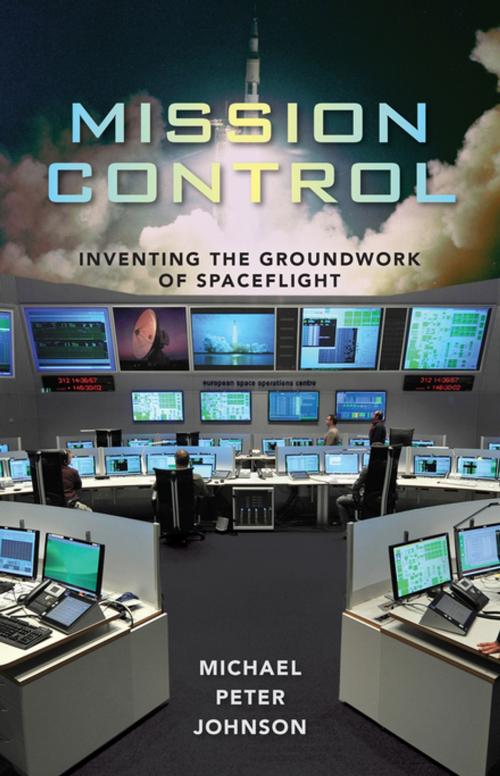Mission Control
Inventing the Groundwork of Spaceflight
Nonfiction, Science & Nature, Technology, Aeronautics & Astronautics, Engineering, History, Americas, United States| Author: | Michael Peter Johnson | ISBN: | 9780813059501 |
| Publisher: | University Press of Florida | Publication: | October 18, 2015 |
| Imprint: | University Press of Florida | Language: | English |
| Author: | Michael Peter Johnson |
| ISBN: | 9780813059501 |
| Publisher: | University Press of Florida |
| Publication: | October 18, 2015 |
| Imprint: | University Press of Florida |
| Language: | English |
Brave astronauts, flaring rockets, and majestic launches are only one side of the story of spaceflight. Any mission to space depends on years--if not decades--of work by thousands of dedicated individuals on the ground. These are the people whose voices offer a friendly link to Earth in the void of space, whose hands maneuver rovers across the face of planets, and whose skills guide astronauts home. This book is a long-overdue history of three major centers that have managed important missions since the dawn of the space age.
In Mission Control, Michael Johnson explores the famous Johnson Space Center in Houston, the Jet Propulsion Laboratory in Pasadena, and the European Space Operations Centre in Darmstadt, Germany--each a strategically designed micro-environment responsible for the operation of spacecraft and the safety of passengers. He explains the motivations behind the location of each center and their intricate design. He shows how the robotic spaceflight missions overseen in Pasadena and Darmstadt set these centers apart from Houston, and compares the tracking networks used for different types of spacecraft.
Johnson argues that the type of spacecraft and the missions they controlled--not the nations they represented--defined how the centers developed, yet these centers ended up playing vital national roles as space technology became a battleground for international power struggles in the Cold War years and even after. The most visible part of a conflict that was just as real as the wars in Korea, Vietnam, and Afghanistan and caused great global anxiety, mission control centers have served as symbols of national security in the public eye and pivotal links in the history of modern technology.
Brave astronauts, flaring rockets, and majestic launches are only one side of the story of spaceflight. Any mission to space depends on years--if not decades--of work by thousands of dedicated individuals on the ground. These are the people whose voices offer a friendly link to Earth in the void of space, whose hands maneuver rovers across the face of planets, and whose skills guide astronauts home. This book is a long-overdue history of three major centers that have managed important missions since the dawn of the space age.
In Mission Control, Michael Johnson explores the famous Johnson Space Center in Houston, the Jet Propulsion Laboratory in Pasadena, and the European Space Operations Centre in Darmstadt, Germany--each a strategically designed micro-environment responsible for the operation of spacecraft and the safety of passengers. He explains the motivations behind the location of each center and their intricate design. He shows how the robotic spaceflight missions overseen in Pasadena and Darmstadt set these centers apart from Houston, and compares the tracking networks used for different types of spacecraft.
Johnson argues that the type of spacecraft and the missions they controlled--not the nations they represented--defined how the centers developed, yet these centers ended up playing vital national roles as space technology became a battleground for international power struggles in the Cold War years and even after. The most visible part of a conflict that was just as real as the wars in Korea, Vietnam, and Afghanistan and caused great global anxiety, mission control centers have served as symbols of national security in the public eye and pivotal links in the history of modern technology.















